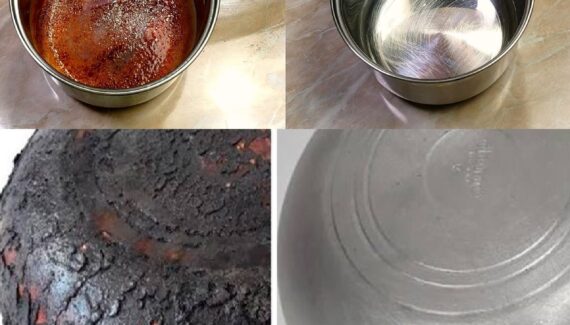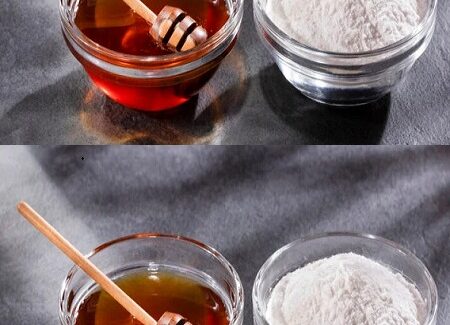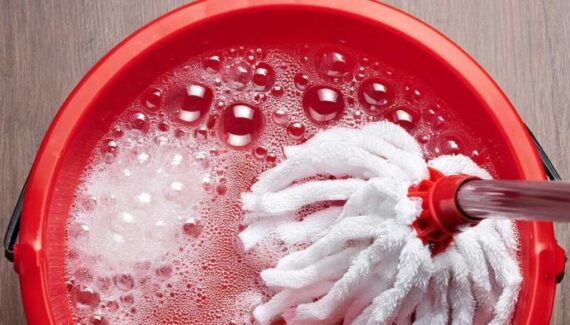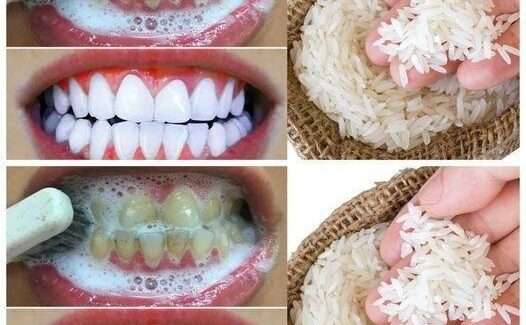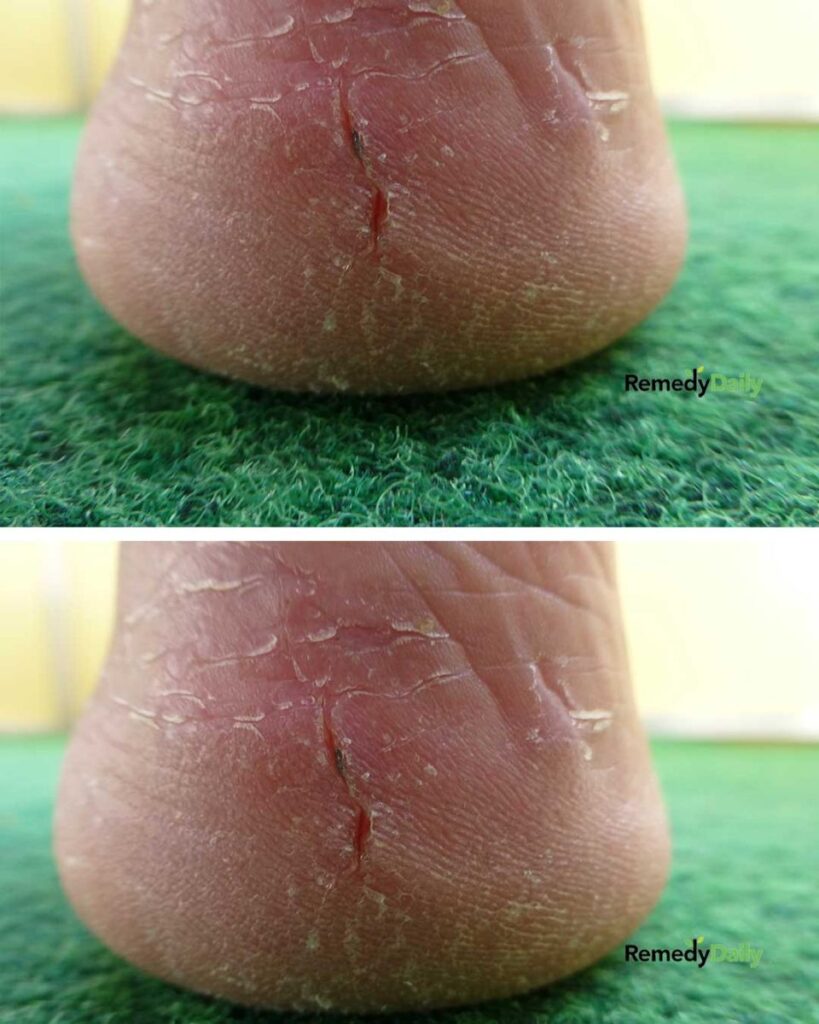
Step 3: Apply a Healing Ointment (Not Just Lotion)
Goal: Deeply hydrate and seal moisture in the skin.
- Choose urea-based, salicylic acid, or lactic acid creams (e.g., Flexitol, Kerasal, or AmLactin).
- Follow with a thick occlusive like petroleum jelly (Vaseline) or lanolin to seal in moisture.
💡 Bonus: Add a drop of tea tree oil (antifungal) or calendula oil (soothing) to your ointment.
Step 4: Lock in Moisture Overnight
Goal: Create a healing environment for the skin.
- After applying ointment, put on moisture-locking socks or wrap feet in plastic wrap and wear cotton socks over it.
- Leave on overnight.
🧦 Pro tip: Use silicone heel sleeves for faster healing.
Step 5: Maintain a Consistent Routine
Goal: Prevent future splitting and maintain soft heels.
- Repeat the soak → exfoliate → ointment → sock method every night for 1–2 weeks.
- Drink plenty of water during the day.
- Avoid walking barefoot or wearing open-back shoes.
- Keep bathroom floor warm or use rugs if you’re walking barefoot at home (cold air = dry heels).
🚩 When to See a Doctor
Cracked heels are more than cosmetic—they can lead to serious infections if untreated. Seek medical attention if:
- Cracks are deep and bleeding
- There is swelling, pus, or foul odor (signs of infection)
- You have diabetes or neuropathy
- The pain interferes with walking
- Over-the-counter treatments haven’t improved symptoms in 1–2 weeks
A podiatrist may prescribe stronger treatments like:
- Prescription urea/salicylic creams
- Debridement (removal of thick skin)
- Antibiotics (if infected)
- Custom orthotics to offload pressure
🌿 Natural Alternatives (Optional Support)
If you prefer natural remedies to supplement your regimen:
- Honey foot mask: Antibacterial and humectant properties
- Coconut oil + turmeric: Anti-inflammatory, softening
- Oatmeal paste soak: Soothes irritation and dryness
✅ Final Thoughts: Don’t Ignore Cracked Heels
Cracked, bleeding heels are your body’s cry for help—not just dry skin. When lotion isn’t working, it’s often a sign of deeper issues like thick calluses, infection, or underlying conditions. By following a structured, consistent foot care routine and knowing when to seek professional help, you can restore your heels to healthy, pain-free condition.
Your heels support your entire body—take care of them like they carry your world. 👣
